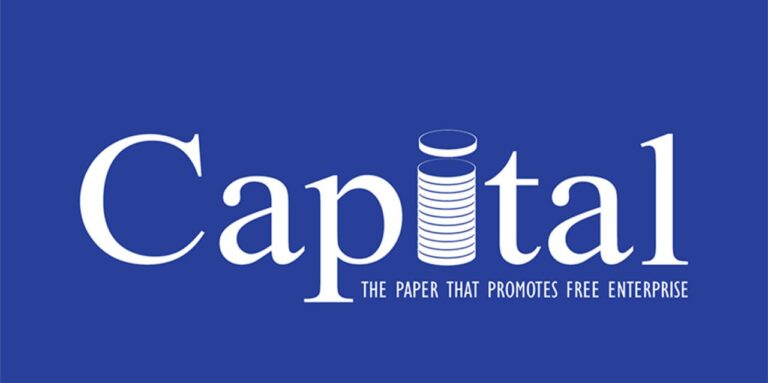Gross Domestic Product (GDP) growth is often heralded as a key indicator of a country’s economic success. In many nations, impressive GDP figures suggest prosperity, attracting investment and boosting national pride. However, the reality on the ground can be quite different, as GDP measures overall economic output but doesn’t account for disparities in wealth distribution, living standards, or social well-being.
GDP reflects the total value of goods and services produced within a country’s borders over a given period. Positive GDP growth is generally interpreted as a sign of economic health, with increased production, consumption, and investment. For instance, emerging economies like India and Ethiopia have seen impressive GDP growth rates in recent years, often exceeding 5-7% annually.
While these numbers seem promising, they provide only a limited view of the economy. GDP growth can be driven by sectors like finance or technology, which may not benefit the broader population. Additionally, GDP doesn’t capture informal economic activities, common in developing nations, which may employ a large portion of the population.
Despite high GDP growth rates, many countries still struggle with income inequality and widespread poverty. In places like India, while cities such as Bangalore or Mumbai may thrive economically, rural areas remain impoverished, with limited access to healthcare, education, and basic infrastructure. Ethiopia, similarly, has experienced rapid economic growth driven by sectors like construction and services, but rural areas continue to grapple with poverty and food insecurity.
The disconnect between GDP growth and people’s lived experiences highlights the limitations of using GDP as a sole measure of economic well-being. Growth concentrated in urban or industrial sectors often leaves out large portions of the population, particularly in rural areas or among marginalized groups.
Another key issue is that GDP growth doesn’t necessarily translate to better employment conditions. In many cases, economic growth is driven by capital-intensive industries like technology or manufacturing, which may not create enough jobs to absorb the growing labor force. Moreover, many of the jobs that are created are in the informal or gig economy, offering little job security, benefits, or fair wages.
In countries experiencing rapid urbanization, such as Ethiopia, large segments of the population find themselves in precarious work situations despite high GDP growth. For instance, construction booms might lead to temporary jobs, but these often come without adequate labor protections, leaving workers vulnerable.
Rapid GDP growth often comes at the cost of environmental degradation and social disruption. Industrial expansion can lead to deforestation, water contamination, and air pollution, which directly affect the health and livelihoods of local communities. In Ethiopia, for example, rapid economic growth has led to increased resource extraction and urbanization, which have put pressure on the country’s natural ecosystems.
Moreover, the rush to develop infrastructure and attract investment can lead to the displacement of communities, particularly in rural or indigenous areas. Projects like dams, mining operations, or urban expansion often force people off their land without adequate compensation, contributing to social unrest.
To address the gap between GDP growth and on-the-ground realities, many economists advocate for more inclusive measures of economic success. Concepts like the Human Development Index (HDI), which includes life expectancy, education, and income, offer a more comprehensive picture of national progress. In addition, measures of inequality, poverty rates, and environmental sustainability are crucial for understanding the true impact of economic growth on a country’s population.
Countries like Bhutan have introduced the idea of “Gross National Happiness” as an alternative to GDP, prioritizing the well-being of citizens over purely economic metrics. While such approaches may not replace GDP entirely, they highlight the need for a more nuanced understanding of development.
To conclude, while GDP growth remains an important indicator of economic performance, it is not sufficient to assess the well-being of a nation’s population. The gap between GDP figures and real-world conditions highlights the need for more inclusive, sustainable, and equitable growth strategies. To ensure that economic growth benefits all citizens, policymakers must focus on reducing income inequality, improving job quality, protecting the environment, and addressing the social costs of rapid development.



